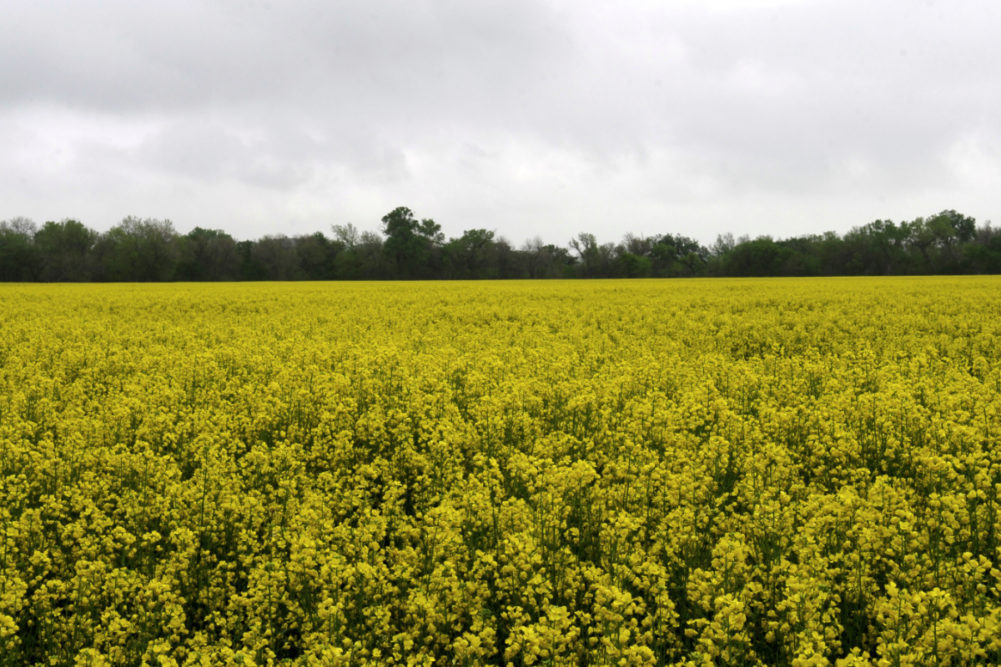MANHATTAN, KANSAS, US — Kansas State University (KSU) is developing hybrid varieties of canola to increase crop production in the southern Great Plains.
“We’ve traditionally developed open pollinated varieties,” said Mike Stamm, canola breeder for KSU Research and Extension. “Those varieties are developed similarly to how we’ve developed wheat varieties in the sense that you’re selecting lines over many years until you get to what is called a pure line.
“Open pollination relies on varieties that self-seed or receive pollen from nearby plants. A hybrid takes two distinct parents, crosses them together and takes the best traits of both.”
KSU’s breeding program has routinely developed varieties that survive harsh winter conditions, Stamm said.
Recent KSU trials also indicate that new canola hybrids will have ability to stand upright in saturated soils.
“Developing hybrids for the southern plains is the next step for our breeding program,” Stamm said. “Hybrids are not new to growers but developing ones that are adapted to our environmental conditions is something that is new.”
KSU said canola is an alternative crop in Kansas and is commonly grown in rotation with wheat.
“Growers know the benefits of crop rotation, especially those who have rotated continuously,” Stamm said. “Wheat growers, in particular, have seen an immediate impact in their yields and quality following canola. The subsequent wheat was 10% to 40% better following canola their first year, especially if that farm had been in continuous wheat for decades.”
While a majority of US canola is grown in the northern Great Plains, in 2014 approximately 400,000 acres in the southern great plains were dedicated to canola. But weather and commodity prices for canola have negatively affected farmers’ decisions to produce the crop in the southern Great Plains.
“We’re hoping that our transition to developing more advanced hybrids will produce a step change in the consistency of the crop in the plains,” Stamm said. “Farmers are always clamoring for canola to be as consistent as wheat. By developing hybrids that are adapted to our conditions, we think we can make that next step for the industry.”
Stamm estimated a five to 10-year timeframe for new hybrids to be available publicly from the KSU program, though he and others will be growing and testing new hybrids this fall.
“This is probably the most exciting thing that I’ve worked on in 15 years working with canola,” he said. “This is the thing I hope gets us over the hump.”




